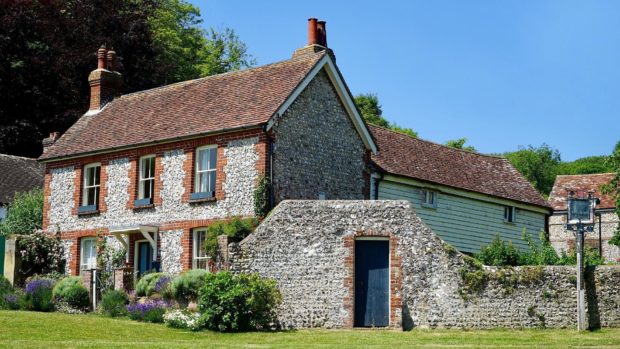
Out-of-control shrubs, trees, and missing roof tiles are some of the things that lead to structural damage in older homes. Although a bit of movement is unavoidable, you should not ignore cracks or the maintenance issues that cause them. However, you need to remember that traditional buildings are made from lime and other building materials that allow the structures to shift.
Other reasons for shifting include poorly done alterations and failed structural elements. They can weaken the structure by adding stress where none was before or providing inadequate support. If the structure has serious problems, you should call in the experts to prop it before the repairs can begin.
Noticing the Symptoms
According to a lot of home builders in NSW, most structural problems are caused by rot. It has the ability to weaken floor joists, rafters in the roof, lintels above doors, and the frame in wood-framed buildings. Therefore, you should deal with water damage issues before they worsen. This means that if you do not want to deal with structural problems much later, you should repair gutters, replace missing tiles, and look for areas that are affected by water damage.
The Warning Signs
Here are the signs of damage that you need to look out for:
– Cracks start appearing on walls, especially over windows, doors, and where ceiling meets the wall
– Your doors fail to latch or begin to jam
– Windows that used to close easily start jamming or will not close completely
– Cracks appear over ceramic or vinyl tile on concrete floors
How to Check for Structural Damage

Check the Exterior of Your House
You can check to see whether your foundation is straight by looking at the length of your wall from the corners. You can use a level to make sure that the walls are straight. A curve or bulge in a block foundation could mean that the soil around the foundation is contracting and expanding, which might put pressure on the walls.
Probe Weakness in Concrete
If the perimeter foundation around your home looks like it is flaking, you should use a screwdriver to poke it in a few places. It should be hard enough that you cannot cause any damage to it. However, if you manage to chip off a bit of it, it could be deteriorating because it was mixed poorly. This problem has no easy solution; you just have to build a new foundation.
Reading Foundation Cracks
Concrete usually shrinks as it cures and if it cannot shrink evenly, it will end up cracking. In most cases, block foundations and concrete will have a few cracks. The trick lies in finding out which ones are serious and which ones are not.
The different cracks are:
Stair-step cracks – if you notice these cracks in the foundation joints, you should be concerned, particularly if the crack is bigger than ¼ inch. A moisture problem could be the main cause of this crack.
Hairline cracks – you should not worry about hairline cracks that are in the mortar between building blocks.
Horizontal cracks – if water-saturated soil freezes and expands, it could end up breaking the foundation. The bad news about these kinds of cracks is that you might need a new foundation.
Unless you’re an expert at detecting foundation issues, we highly recommend you contact a foundation repair company. Often, they’ll perform an inspection of your foundation at no cost.
Check the Structural Components
Besides the perimeter wall of the foundation, you should check other components. You should check the concrete supports and posts in your basement to ensure that they are straight and firmly planted. Ensure that the bottom of the post is resting firmly on concrete piers. Puddles in your basement might mean that you have poor drainage.



